Description
VW engine piston is a key player inside the combustion chamber, responsible for converting the burning fuel’s energy into usable power. Here’s a breakdown of its role:
-
Function: The VW engine piston undergoes a constant up-and-down motion within a cylinder. This reciprocating motion compresses the air-fuel mixture and transmits the force from combustion to the crankshaft via a connecting rod.
-
Components: A VW engine piston is typically made of a lightweight and durable metal alloy like aluminum. Here are some key parts:
- Crown: The top part of the piston that directly faces the combustion chamber and withstands high temperatures and pressure from burning fuel.
- Skirt: The cylindrical part below the crown that helps guide the piston and maintain a seal within the cylinder bore.
- Piston rings: Grooves machined into the piston skirt house multiple piston rings. These rings form a tight seal between the piston and the cylinder wall, preventing combustion gasses from leaking into the crankcase and ensuring proper compression.
- Gudgeon pin (wrist pin): A small pin that connects the piston to the connecting rod, allowing the piston to move up and down while maintaining its connection to the crankshaft.
-
Process: As the engine crankshaft rotates, the connecting rod pushes the piston up the cylinder bore. This upward motion compresses the air-fuel mixture in the chamber. When the spark plug ignites the mixture, the resulting combustion creates a powerful force that pushes the piston back down. This downward movement of the piston, transmitted through the connecting rod, ultimately rotates the crankshaft, generating power for the engine.


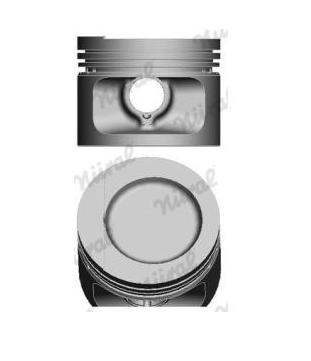
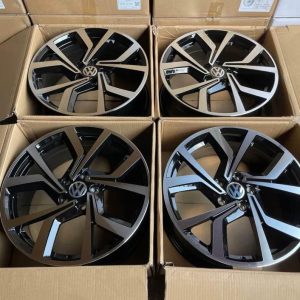
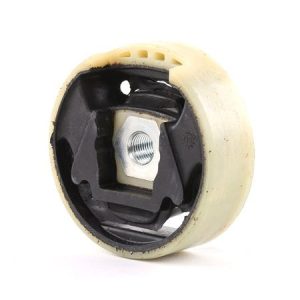
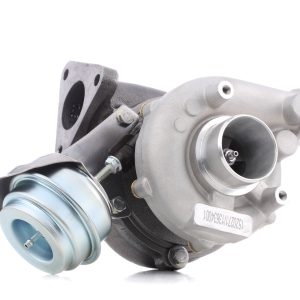
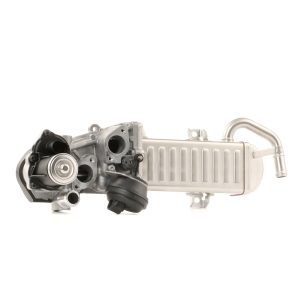
Reviews
There are no reviews yet.